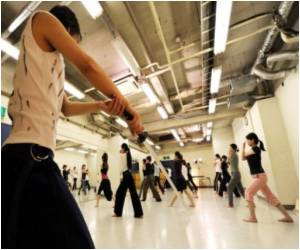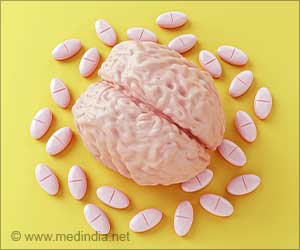Fitness enthusiasts struggle with the same question: Does the order of cardio- and resistance training influence the effectiveness of a training program?

A novel study design including the investigation of acute exercise responses and chronic training adaptations
The participants of these studies (Schumann et al. 2014a, 2014b) were 18-40 years old men and performed either supervised cardio- immediately followed by strength training or vice versa for 24 weeks (2-3 combined cardio- and resistance sessions per week). The researchers were interested to investigate whether the immediate anabolic effects of one single exercise session would differ between the two training orders and whether these differences would be reflected in the physiological adaptations induced by 6 months of training. As prolonged aerobic performance may "weaken" the exercised muscles and essentially reduce the ability to lift heavy loads during the subsequent resistance training session, the researchers expected to observe less favorable anabolic effects resulting in compromised adaptations in muscle strength and mass in the "cardio first" group compared to the group which started each session with resistance training.
Despite differences in recovery time training order did not affect long-term adaptations
Indeed, this study expectedly revealed that the anabolic responses of one single training session seemed to be less favorable in the training group starting with cardio. This was especially indicated by reduced concentrations of serum testosterone during recovery for up to 2 days, which may possibly be detrimental to optimal muscle growth and strength development. However, this initial difference between the recovery times was no longer observed after the 24-week training period and both groups actually increased physical performance and muscle size to about a similar extent.
The amount and/or frequency of training may play a key role
Advertisement
Source-Eurekalert












